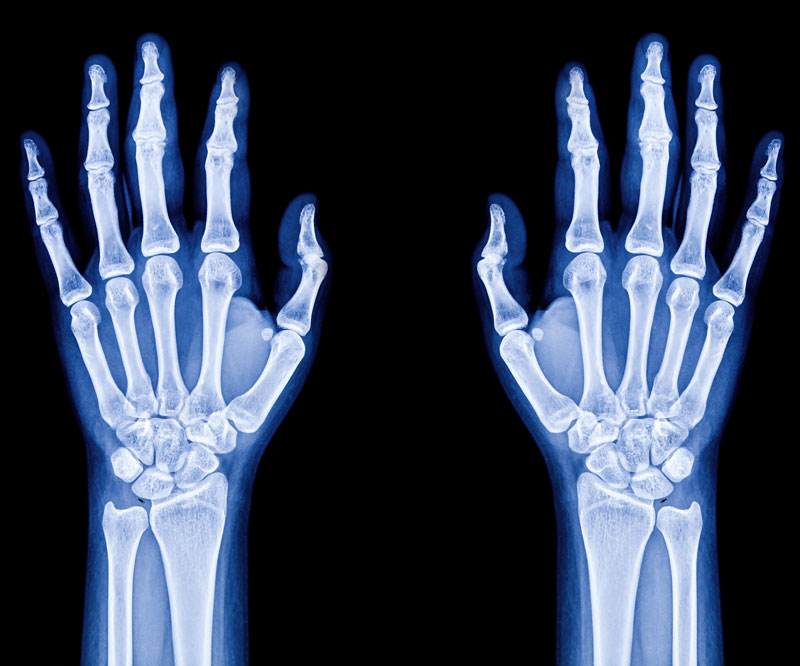
Take Preventive Steps to Avoid Stress Fractures
Whether you're an avid basketball player or a weekend hiker, you may be at risk for a stress fracture if you overdo it.
A stress fracture occurs when you increase the length or intensity of your workout too quickly. Your muscles become so tired by the extra work that they transfer the stress to the bones – most often those in the lower leg – and a tiny crack appears.
“A stress fracture also can happen when you work out on a different surface or use the wrong equipment for you,” says Dr. Spencer Chang, an orthopedic surgeon at the Hawaii Pacific Health Bone & Joint Center at Pali Momi Medical Center.
“With proper rest, your bones will have the time they need to repair any tiny fractures or grow stronger so they can take the wear and tear of an activity,” Chang says.
However, don’t do too much too soon!
“It's very important to have realistic expectations for your body before returning to a regular fitness program,” Chang advises.
Check with your primary care physician (PCP) first. Once you get the OK, start out slowly.
“Gradually increasing your level of activity allows your bones the time they need to get used to the type of surface on which you exercise,” Chang says. “If you walk or run, for instance, start on flat and soft surfaces. Dirt paths tend to be better than asphalt, and asphalt can be better than concrete.”
Here, Chang offers additional tips to help athletes of all levels sidestep stress fractures:
- Invest in athletic shoes that provide good cushioning and support for the arches of your feet. Shop at stores that can offer guidance for your specific needs, and replace your shoes when they show signs of wear.
- Alternate your exercise program, or cross train with low-impact activities such as swimming or yoga to reduce the risk of a stress fracture.
- Women seem to develop stress fractures more often than men. That may be because women are more likely to have eating disorders and osteoporosis. As a woman's bone mass reduces, the chances of getting a stress fracture increase. Make sure your diet provides enough calcium and vitamin D for strong bones.
- If you're in pain the minute you start walking or running and the pain doesn't subside when you stop or after icing, it's time to get help. Your PCP can come up with a diagnosis and treatment to put you back on track.
Remember, if you do get injured, the most important treatment is rest.
“Most stress fractures take two to four weeks to heal with reduced activity and protective footwear,” Chang says. “In some instances, certain bones may take up to eight weeks to heal, depending on your situation.”
Published on: April 20, 2016



